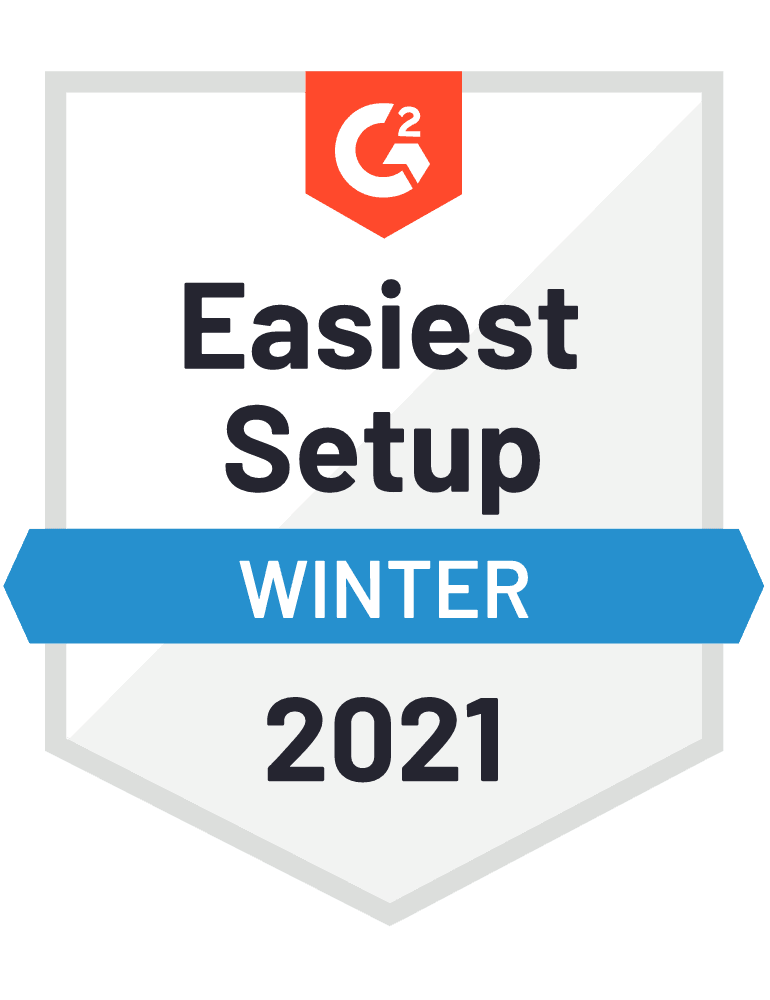Post-GDPR Statistics: How The Industries Reacted
Get a look at how various industries reacted to the GDPR! Re-consent or not?
Fill in the form and get a sneak peek.


Moosend is trusted by major businesses worldwide

"
After going through Mailchimp, and other platforms, we decided to stay with Moosend because there is no other tool matching the feature set & price point offered. From seamless onsite event tracking to journey building to amazing customer support. Furthermore, we can easily migrate any bulk size of data into and out of the system thanks to the very high threshold API rate limits. Lastly, adding as many custom fields further eases our process of managing adhoc campaigns.
VOGUE, Digital Project Manager
It’s not us. It’s them. See why brands love Moosend.





